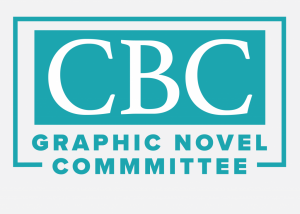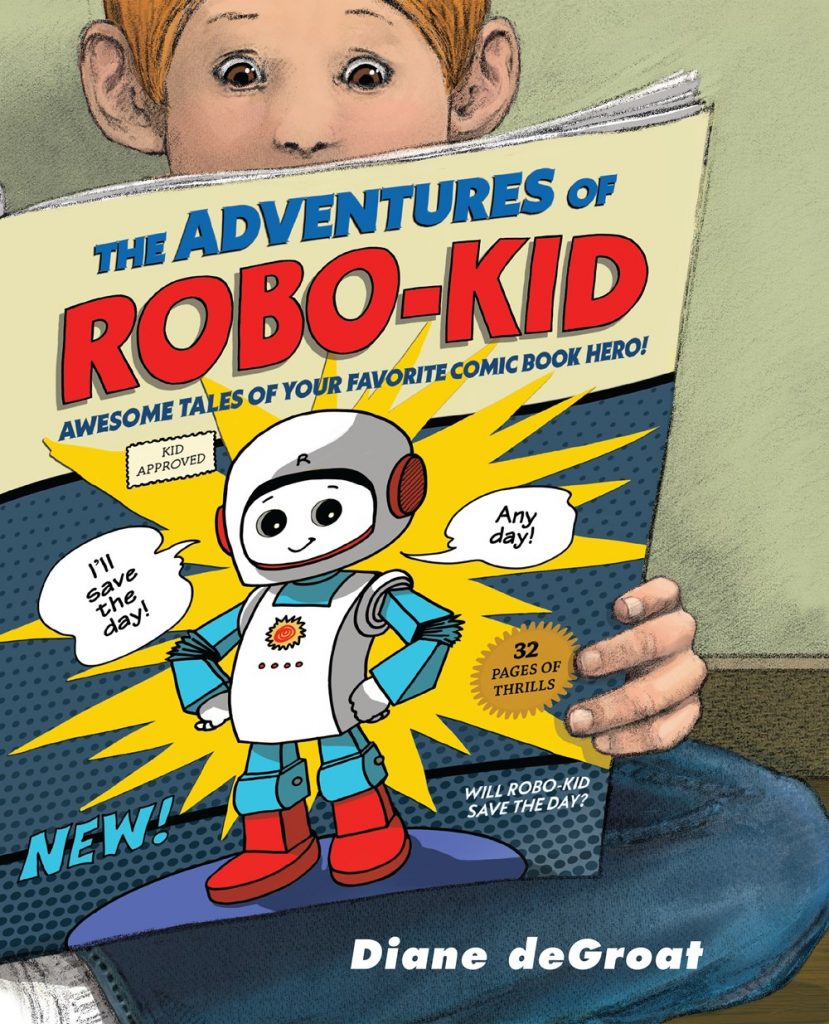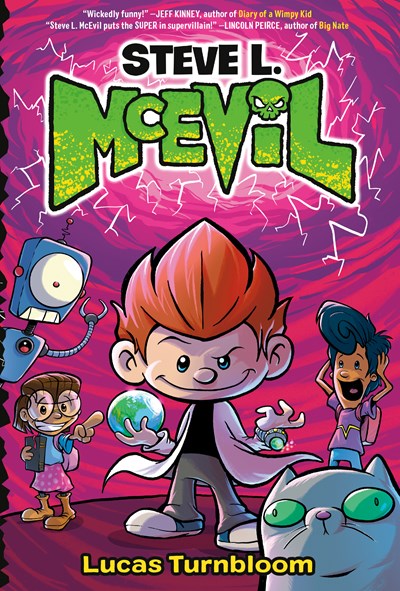On Beyond Hero: Who’s Behind the Mask?

The CBC’s Sommer Wissner and John McCormack are back with a recap of our fourth awesome panel at this summer’s CBC Graphic Novel Committee day at San Diego Comic-Con, On Beyond Hero: Who’s Behind the Mask?: Exploring identity through graphic novels and story.
This panel was about identity and how kids can find out who they are by exploring comic heroes and their identities. Do they feel like they express their favorite hero on the outside or inside?


Moderator Lisa Harrison discussed with the teachers and authors on the panel how they approached helping kids realize their identities and masks. From projects to character growth, each panelist talked about their experiences and research.
First up, Rancho Minerva Middle School teachers Andrew Hudson and Nichole Santegelo used a PowerPoint to showcase their teaching approach:
Nichole’s STEAM approach was a project in which students “apply the superhero trope to identity.” She had them fill out charts explaining “who we are on the outside is not always who we are on the inside,” and then used this to create their own superhero or villain masks. The eyes of their masks show who they are on the outside, while the rest of the mask would reveal who they are on the inside.
Andrew used a different but equally fun project for his students to explore their identities: making comics. “Comics give them a creative license to get imaginative.” By making comics about their own lives, imitating artists who create ordinary people with extraordinary secret identities, they have “ways to express emotions, identities, and their own quirky humor.”
Next up, comic creators Diane deGroat and Lucas Turnbloom shared their thoughts:
Lucas conveyed that kids rapidly consume comics, which can worry their caregivers. “Teachers and parents worry about using real books, but [graphic novels] are real books and kids will want more. It’s the perfect way to get them to read.”
Diane agreed that comics are just a different variation of storytelling. While comics can be a fast read, a reader can also take a moment to analyze what the author or artist drew. “Stop and breathe and ask about the pictures and the situations.”
Find the info on the moderators and panelists with links to their digital platforms. Click on each book title to see how to get a copy of your own.
Moderator:
- Lisa Harrison – Rancho Minerva Middle School
Panelists:
- Diane deGroat (The Adventures of Robo-Kid) – Holiday House / Neal Porter Books
- Lucas Turnbloom (Steve L. McEvil) – Random House Graphics
- Nichole Santangelo – Rancho Minerva Middle School STE(A)M teacher
- Andrew Hudson – Rancho Minerva Middle School
Next week: a recap of the Bans Off Our Books! panel.

